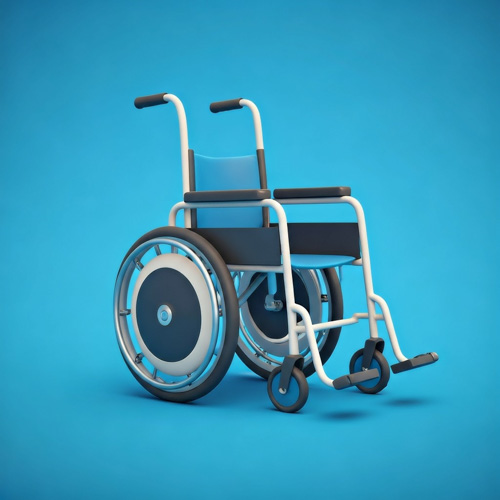For decades, Florida has been the quintessential retirement destination. It was a haven of sunshine, golf courses, and early bird specials. But a new study casts a long shadow over that idyllic image. It suggests the Sunshine State may be the worst in the nation for aging in place.
A recent report , ranked Florida last among all 50 states. This surprising conclusion was detailed in a news story by WFLA. It challenges the long-held belief that Florida is the ideal spot for the golden years. For those of us in Generation X, this is a wake-up call as we consider our own futures and those of our parents.
The study analyzed ten key factors. Florida’s poor performance stemmed from several critical areas. One of the most significant was a severe shortage of home health aides. The report found a staggering ratio of 50 seniors for every one aide. This makes finding reliable in-home care incredibly difficult for those who need it.
Soaring housing costs compound the problem. Nearly a third of homeowners over 65 in Florida spend more than 30% of their income on housing, according to the study. This financial strain can make staying home an untenable option for many.
Finally, the report points to an ironic factor for the Sunshine State: weather. The increasing frequency of hurricanes poses a significant risk. These storms are a threat to older residents, particularly those with mobility issues.
States like Utah, North Dakota, and New Jersey took the top spots. Florida’s last-place finish is a stark reminder that a warm climate isn’t everything. As Generation X navigates the complexities of aging, this study highlights a crucial point. We must look beyond postcard-perfect images and consider the practical realities of long-term care, affordability, and safety. The dream of aging in place is common, but in Florida, the odds are increasingly stacked against it.










